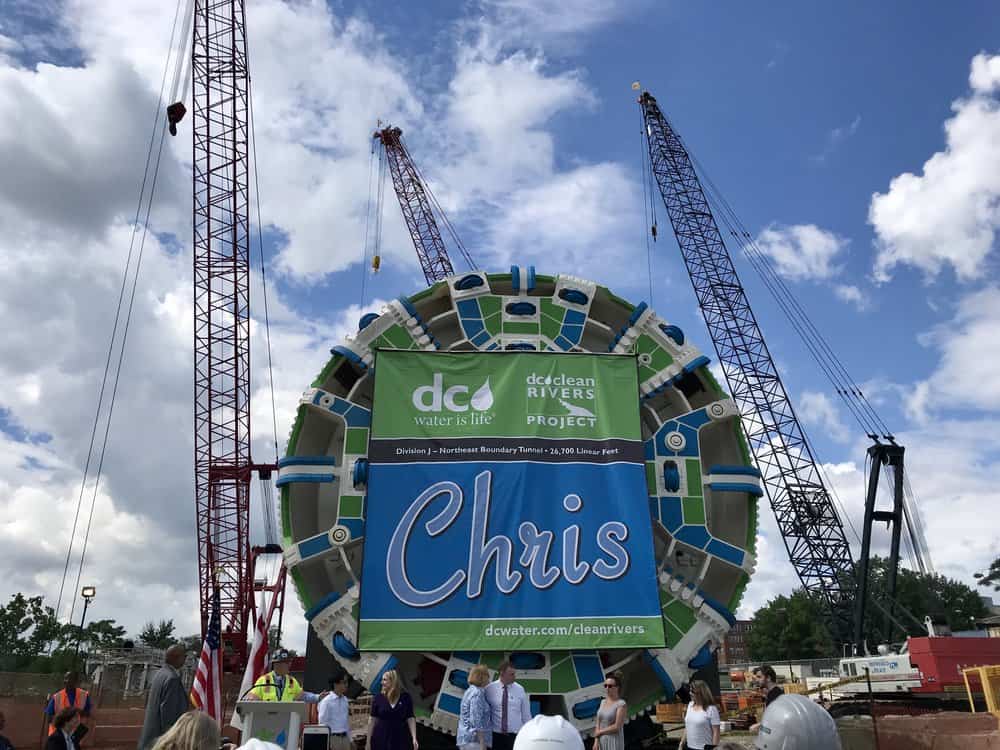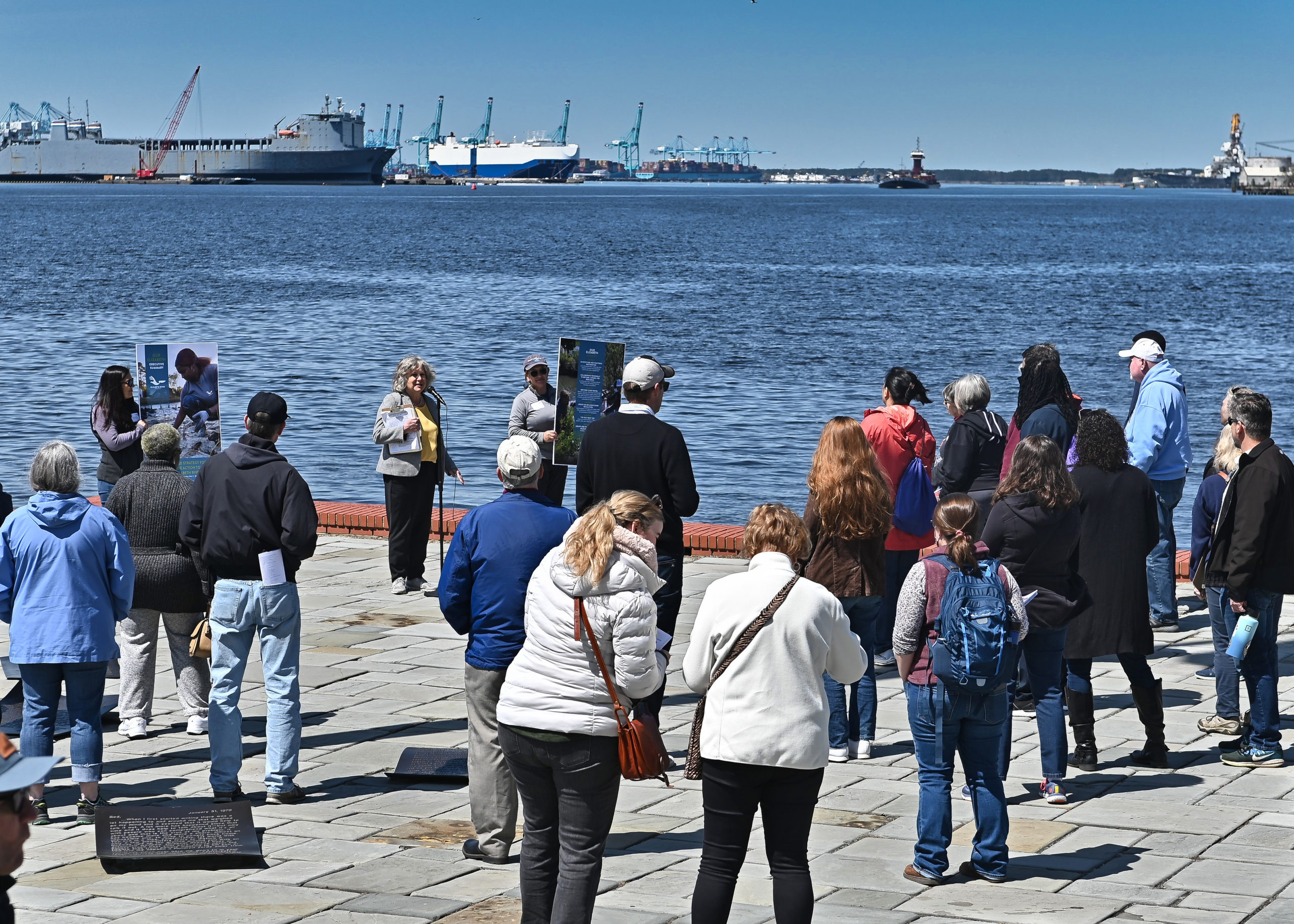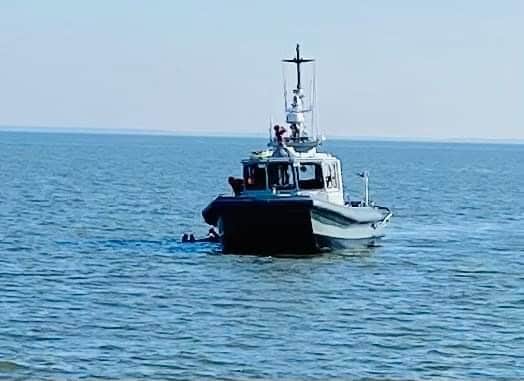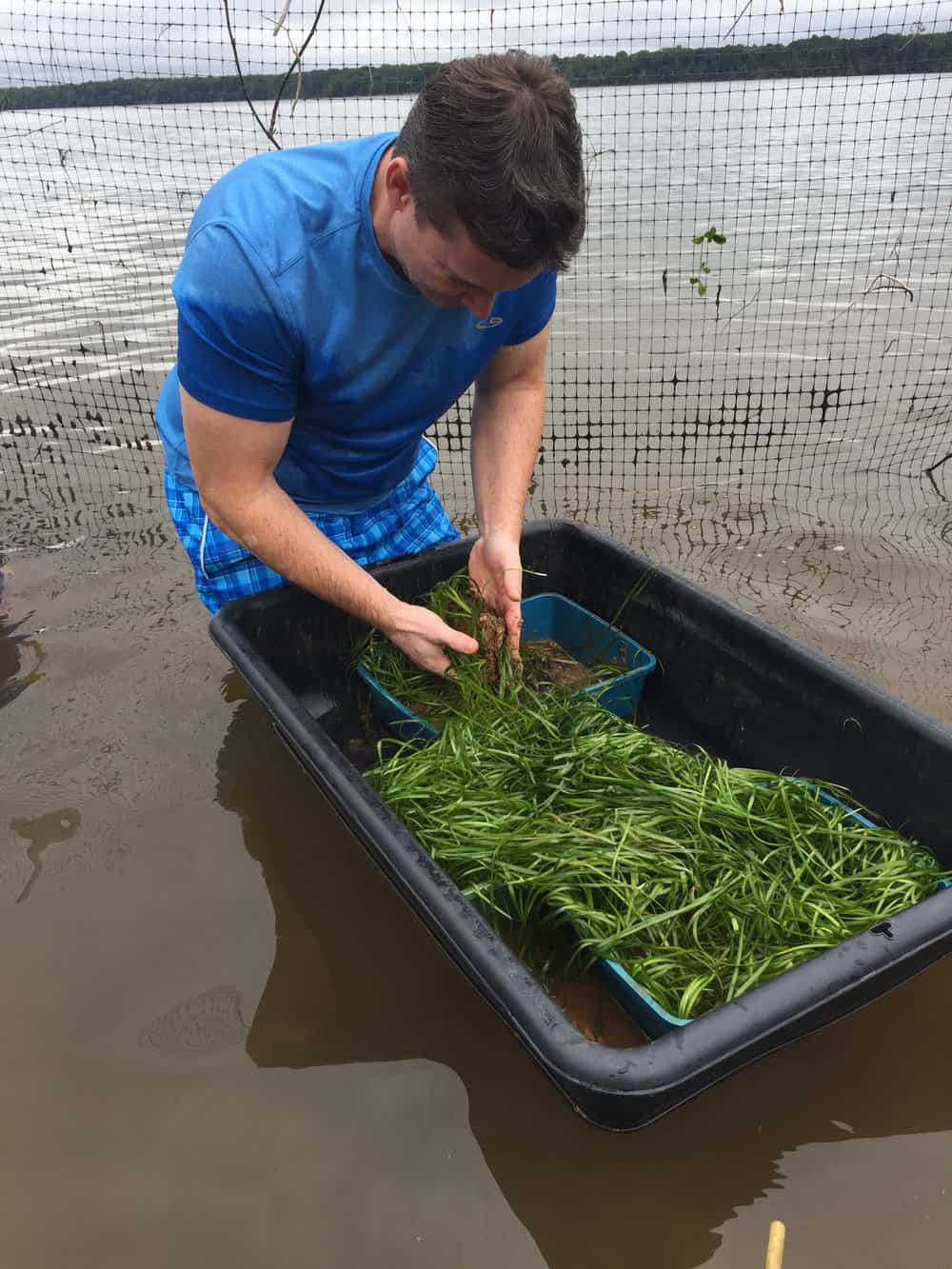The newest tunnel boring machine in DC Water’s Anacostia clean water tunnel project is ready to dig in deep after being formally named and christened Thursday.
Tradition has it that no tunnel boring machine can begin work until it’s been given a name.
Photo: Natalie JonesThe sunny and hot morning in southeast DC brought out dozens of spectators, many of them dressed in neon yellow vests and hard hats to show their involvement in the project, and a few special guests: the family of Chris Allen, whom the tunnel boring machine was named after.
Allen, who died in 2017, worked as the assistant director for the Clean Rivers Project. With 47 years of experience in construction management, general contracting and more, he was instrumental in helping the project develop and get to where it is today.
The machine is the key to constructing the DC Clean Rivers Project’s Northeast Boundary Tunnel. The project itself aspires to reduce combined sewer overflows in DC’s waterways: the Anacostia and Potomac Rivers and Rock Creek. It also hopes to capture and clean wastewater during rainfalls before it reaches the rivers.
The tunnel is the fourth and final tunnel segment for the Anacostia watershed’s tunnel system, said Carlton Ray, the director for the Clean Rivers Project. The machine itself has a diameter of 23 feet and will tunnel 27,000 feet over five miles at up to 160 feet deep. The project is expected to be completed in 2023.
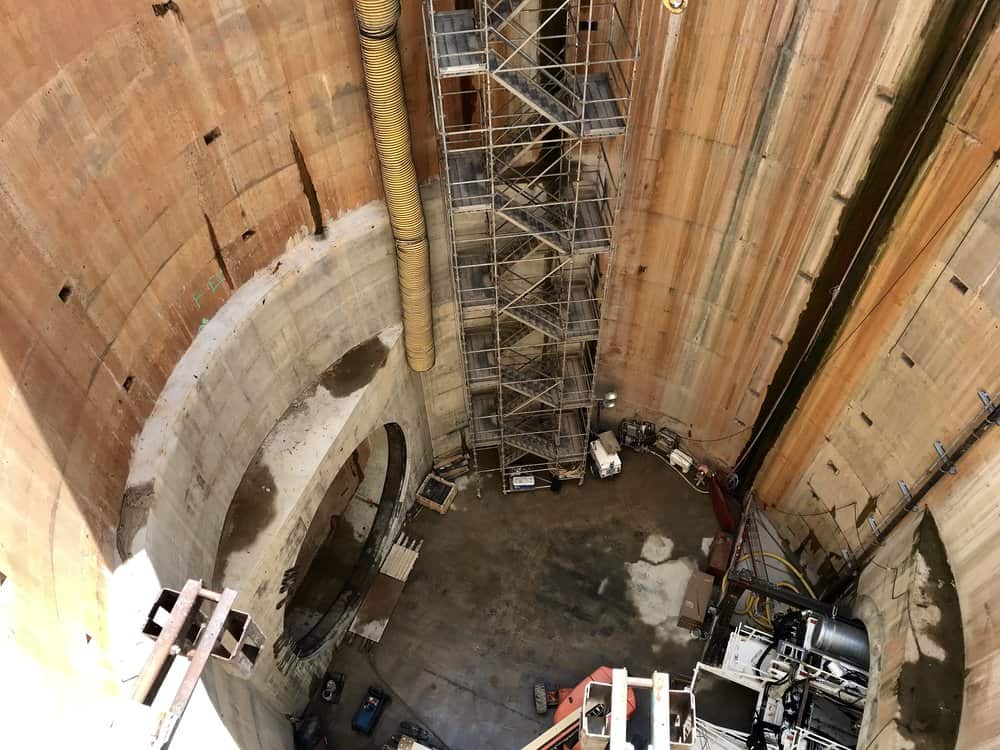
The Northeast Boundary Tunnel, coupled with the Blue Plains and Anacostia River Tunnels, will reduce combined sewer overflows to the Anacostia by 98 percent. Its construction will also help reduce chronic flooding in certain parts of northeast DC, according to DC Water.
Overall, the project will benefit improve water quality and quality of life for DC residents, said Cecil Rodrigues, deputy regional administrator for the EPA’s Mid-Atlantic region,
DC Water is also trying to take out several million pounds of nitrogen discharge from the Chesapeake Bay with the new treatment facility and tunnel system, especially with expansion of the Blue Plains Tunnel.
“Ultimately, the work that we do at the plant and the tunnel system ends up providing more [underwater] grasslands and more habitat down in the Chesapeake Bay,” said Ray.
-Natalie Jones

